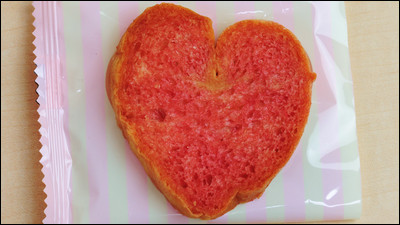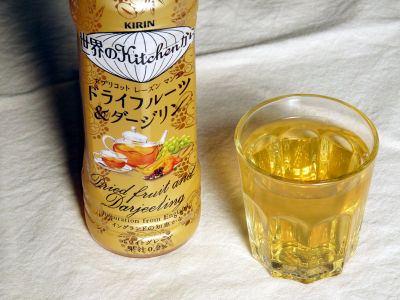A certain conclusion that we ate around the world's fruits (fruits)

Southeast Asian market where tropical fruits lined with durian, mangosteen, dragon fruit and so on. We also harvested watermelon and melon in Australia at the working holiday. My favorite in Europe is a nectarine that looks like peach. Three sacred fruits in West Africa called banana, mango and pineapple. There are memories of fruits as many as the number of places visited.
Hello,Takuya SAITO who did around the world in 150 countries @ Charridermanis. The sweet sweet fruit which the tiredness of travel also blows away. I got sticky around my mouth when I got stuck. There were many unusual fruits that I could not see in Japan.
◆ Fruit Heaven
Conclusion 1: World fruits are mostly in Thailand
After the trip there was a plan to write an article called "fruits of the world". Although I was gathering together, I was surprised mostly in Thailand that I visited at the end of the trip. A variety of fruits were lined up in the market, blessed with climate. Not only vivid colors but also variant fruits such as rambutan and dragon fruit have realized the fierce competition of survival in southern countries. I also eaten the fruits I told in the past again in Thailand.
Besides Dorian, it is fruit which was in the market of Chiang Mai in northern part. About 1 month stayed in Chiang Mai in June - July 2016. In Thailand all these fruits are complete.
Dorian
A pericarp that is likely to become a murder if it wears it. This is the famous Dorian as the king of fruit. Because it gives off an intense smell, it is impossible to bring it in the public transportation system or the hotel room.

Since stalls appeared at the roadside, I tried it. Since there is also a matter of smell, eat up on the spot.

It does not smell as hard as it would if you break the pack. Sweet pulp without acidity. It was a creamy texture similar to pudding. However, there are somewhat rough places in some places. As it is said to be the king, it is different from other fruits. But, because it has a strong taste, it is impossible every day. It was a special fruit.

· Paramitsu (jack fruit)
Here is the fruit that I thought was Dorian when I did not know Dorian. There were hundreds of huge fruits hanging from trees around the Great Buddha.

I purchased it here also in a pack. Cave removed from seed remains in sticky flesh. Pleasant and pruned flesh is a texture like a baked apple or a pickled sangtum (somtum) of mango. The first mouth is an impression that it is discreet sweetness, but sweetness will soak from the pulp as it chews. I had a sweet and sour smell.

Rambutan
Rambutan who is unfamiliar with Japan was doing a vivid red color that would be drawn in. It is shaggy and has an incomprehensible shape.

The translucent pulp had elasticity which was Pnipni. Sweetness is a modest texture like a bit softened jelly with konnyaku. Sweet smell smells slightly when approaching the mouth.

· Lychee
Many people know lyche in Japan too. The fruit comes into play like a hanging from the branch. It seems that the day keeps harvesting branches, and in Thailand it sells it by bundling every branch. I am speaking in Bangladesh if it is not Thailand.

This is flesh with elasticity that pretends too. The fruit juice that has been confined when it gets wet spreads throughout the mouth. Elegant taste with combined sweetness and sour taste. It smelled pleasantly similar to perfume. It is an authentic fruit with anecdotes of China's Yang Qin's favorite.

· Salak
This was also a fruit I did not see in Japan, shaped like a small sweet potato. The pericarp has flowers like strawberry.

Peeling off the peel easily with hands. I felt that the pulp splashes separately into two. The pulp wrapped in thin skin does not get sticky. But the contents are juicy. It was a fruit that combines acidity like pineapple and freshness like nectarine. Although it is a bit small, it has the drawback that it smells like a soles of the feet.

· Buddha Head (Ban Lesee)
This was also tropical fruit and I have not seen it in Japan. Because the name is similar to the hair of the head of Buddha (Buddha). It seems to call Noiner in Thai language. Fruits are easy to collapse, so be careful about carrying.

Smooth texture like resilient almond tofu. A gem that makes you feel like you are eating sweets rather than fruits from a faint acidity and elegant sweetness.

·pineapple
Pineapple is a fruit often seen in tropical areas. It is cultivated in Okinawa in Japan as well. I also eat it often in Africa. In Thailand there was a pineapple like a mountain.
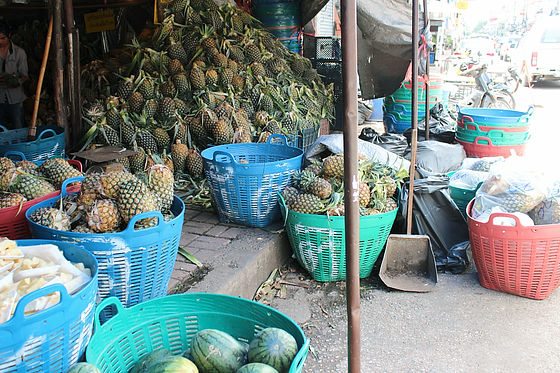
Also purchased here in pack. Although it can buy the whole, I do not recommend it because the processing is troublesome. Flesh is fibrous and multi juice. Sweetness mixed with refreshing acidity is habit. However, be careful as you eat too much you will hurt your mouth. The pineapple in the picture was shaken with salt and sweetness was complemented like watermelon.

· Zabon (Buntan)
A huge fruit like a bowling ball was rolling as countless numbers.

One ball that feels a heavy weight. It is no exaggeration to say the king of citrus fruits.

Cut the fruit in half and it looked like this. It is very hard to peel off the skin from here. Will it be annoying if the skin is thick and the expression "peel off" is more perfect than "peeling (peeling)"? It is also easier to buy a pack here.
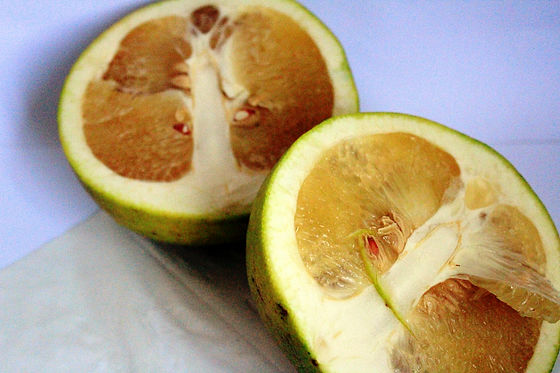
This is what I completed. The flesh has less fruit juice and has elasticity to insist on each grain. As it is a bit bitter, it is recommended to sprinkle magical powder blended with salt, sugar and chili pepper and eat it. It was refreshing fruit.
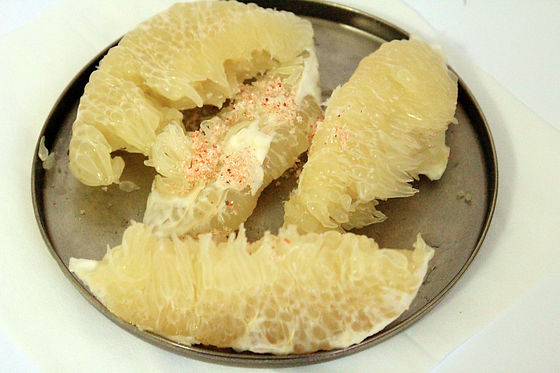
·mango
I am tired of eating mango in Africa, especially in West Africa, so I did not shy after that. It is also common in Thailand. By the way, the first time I ate overseas mango was Indonesia in Southeast Asia.

In Thailand there was a cuisine called "Kao Nyao · Mamuan" (mochi rice and mango). It is hard for mangoes to eat by themselves. In Africa hands and mouths became greasy so it was useless without water. But if this dish is cut into bite size in the dining room, you can say mango with a clear face. It was sweetness as if I had confined the grace of the sun, a texture that melts in my mouth, it was my first time in a while, but I was quite shocked.

I liked it so another time at another shop. Coconut milk, sugar, salt rice cooked with salt is a creamy flavor. It was a dessert, but it was a dish that could be breakfast or lunch.
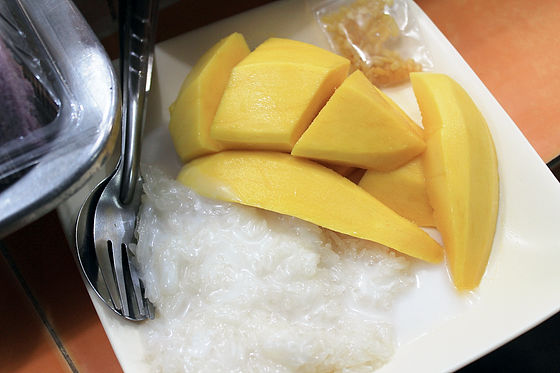
·Dragon fruit
This is also fruit that is not very distributed in Japan. It is a fruit that can be made after the cactus flowers.
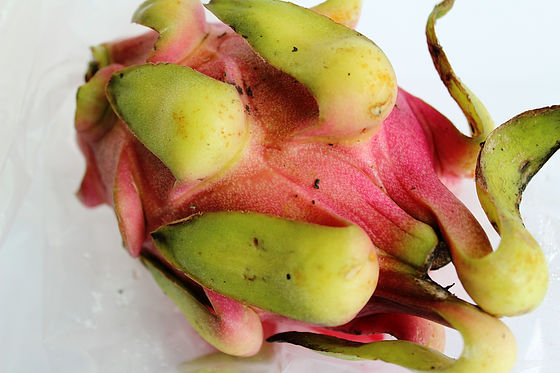
Pulp is similar to kiwi. But it was a sharp texture rather than kiwi. Slightly sweetness of sorry degree. It is crispy fruit.
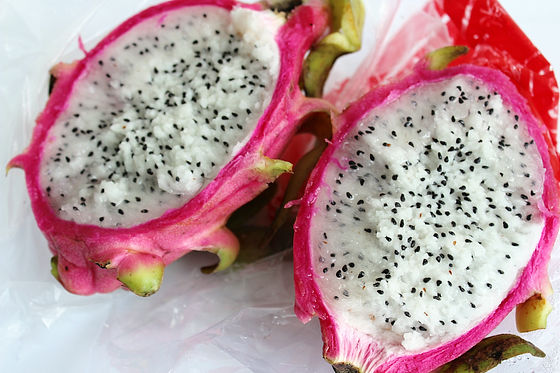
·papaya
The aunt of the market picked "This is an alloy (delicious)". It was not good because it smelled a bit odd, but the papaya selected by the pro did not smell bad at all.
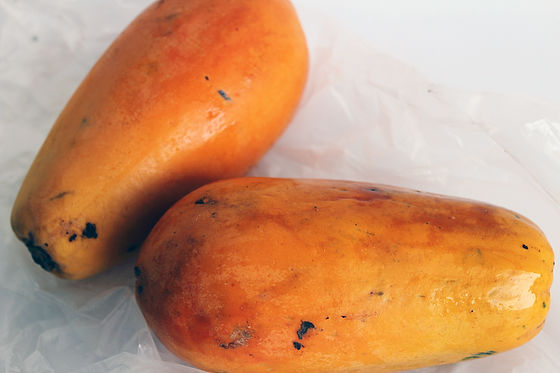
Pulp which made mango softer. Without missing without passing, it was a moderately sweet fruit.
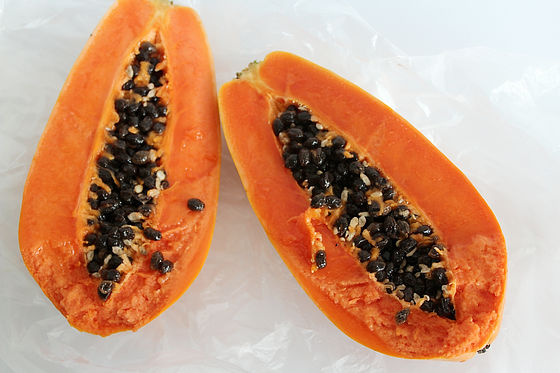
·mangosteen
The pulp is only slightly blocked by the thick shell. It was like a sea urchin. Like fruit pulp, it becomes uneven. Melanie pulp meets creamy texture like melting. The balance between sweetness and sourness is exquisite. It was just an elegant taste called fruit queen.
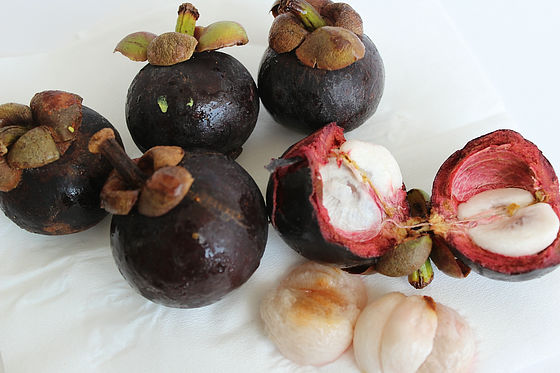
· Lorne corn
I was planning to eat a ryegun (Long Long), but it was another fruit called Lone Corn. The peel can be peeled by hand like a fig. As with oranges pulp is divided in tress. It was a moderately sweet and sour tasty fruit.
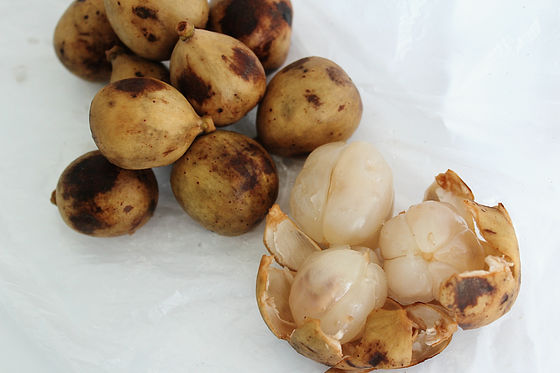
·guava
Appearance like ruggy like rock. The fruit flesh is sharp like a pear, but fruit is more packed than a pear. Texture between the pear and the apple. Fruits of modest sweetness.
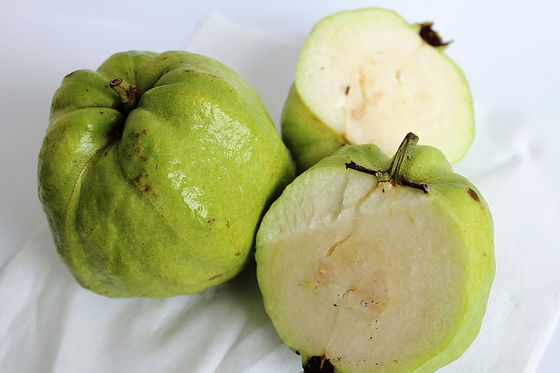
· Chong Pooh (Rose Apple)
It looks like peppers and is a red fruit. Unlike green peppers, the contents are packed. It was a fruit with a sharp texture like pear and a sweet taste like paprika.
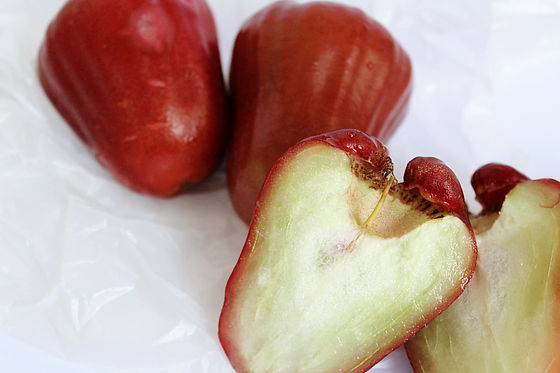
· Grape
This is surprised fruit in Thailand. You can eat as it is with leather. It was a resilient pulp made into a mouth when it was put in her mouth, it was different from Japanese grapes. I only know it by the name "Thompson", but I often saw it overseas.
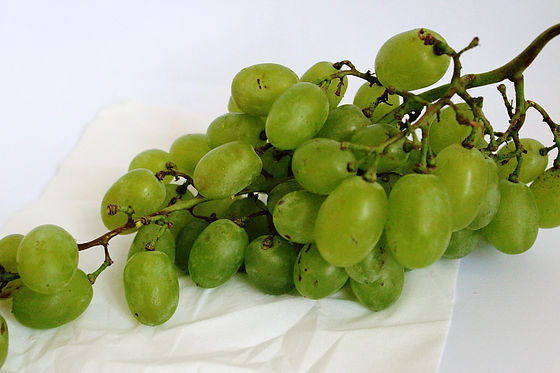
·cherry
Purchased at Wallorot Market in Chiang Mai. My aunt who was not there was always on sale. It seems to be a kind called dark purplish American cherry. It was surprising that people in Thailand made cherries. However, the taste of the key is not good. I will frown my face for bitterness like medicine.

·Orange
Unlike Orange, it was this mikan that makes Japan memorable. It is convenient not to use tools. However, the quality of the mandarin oranges abroad is moderate as losing hits and intense seeds are included.

There were other watermelons and melons as well. If you want to eat rare fruits in the world, we recommend that you go to Thailand first.
◆ Fruit that you took with other than Thai
·Apple
Overseas apples were somewhat smaller in size than Japan. However, it is easier for people overseas. The variety named "Fuji" originating in Japan seemed to be popular overseas. It is characterized by strong sweetness that honey can be made in pulp. "Royal Gala" "Pink Lady" was also eating well. "Red Delicious" shunned because there were many losers. "Granny Smith" is a green apple.
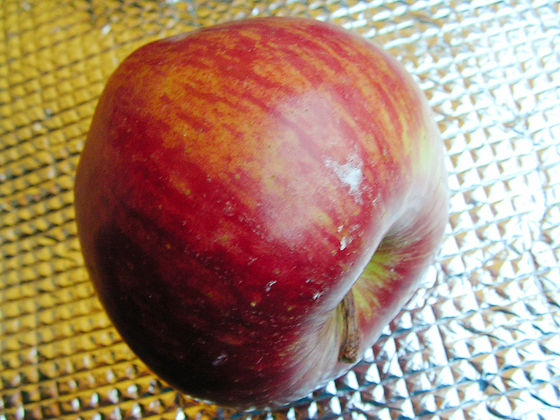
·orange
Orange is to become foreign fruit by all means in contrast to domestic oranges. In the trip was a dinner after dinner with apple. Must be divided with a folding knife into four equal parts and grasp both ends of the skin. The inside of the mouth will be full of ripe fruit juice. It is a fruit mixed with sweetness and moderate sourness.
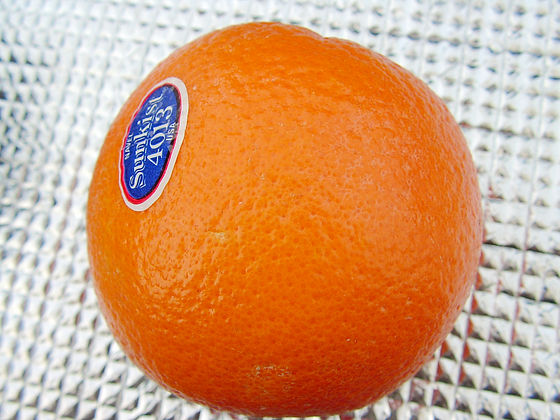
·banana
Banana is useful as a behavioral diet when hungry is empty. It is saved because it is available cheaply in developed countries. In Europe and America there were many bananas from Ecuador. In order to be able to eat it at once, sometimes I ran it on a carrier with this feeling.
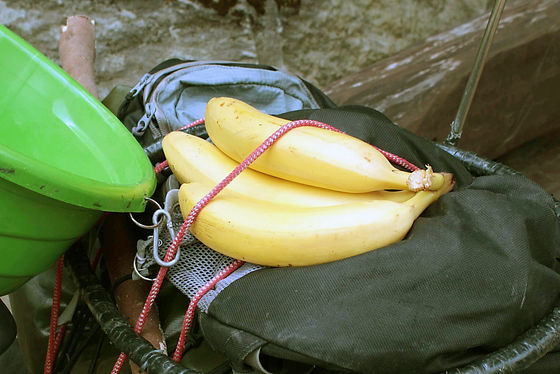
Overseas, I was selling bananas of short and short legs which I am not familiar with in Japan. Unlike usual bananas which we often speak, it is a sweet banana as I wake up. However, locals are not exclusively luxury goods in the local meaning, but the local people are talking about in the usual way. I got the photo banana in Guinea, Africa. It was about 40 yen in this one tassel.

·peach
Rich juice overflowing at the moment of bleeding. The pulp with a heavy feeling does not collect. It was my favorite fruit since I was in Japan.

· Nectarine
Nectarine is a peachy fruit without furry hair in the pericarp. A similar texture. However, Nectarine has moderate sourness. Peach was resistant, but nectarine was eaten as it was without peeling off the skin.
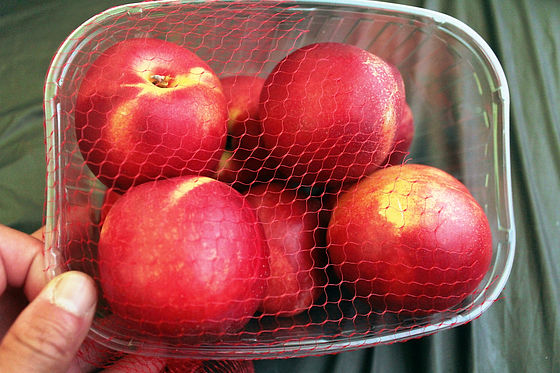
·Strawberry
Since it does not cost so much when overseas, I could eat strawberg as much as I wanted without going to strawberry hunting. If you find it on the market it will make it fresh. The picture is Ecuador in South America. I also eat it in Mexico, Tunisia, Austria and elsewhere.
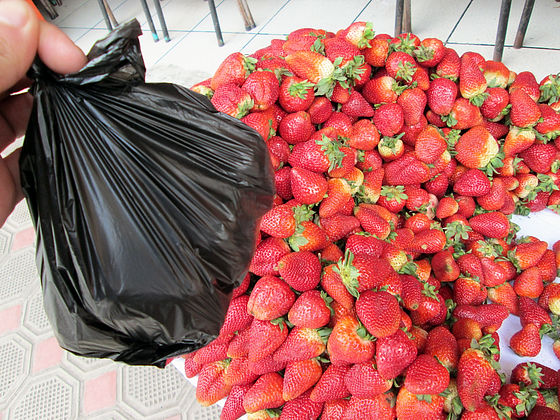
·Blackberry
I sold it in Bolivia in South America. As for the berry type, prices are good except for strawberries, so I will not quite get it. It was cheap when it was Bolivia, but it is not possible and there is no impermission and no particular memory ......

·raspberry
I think that it is raspberry that I got at the roadside in Nepal. There was something tough with a taste close to nature.
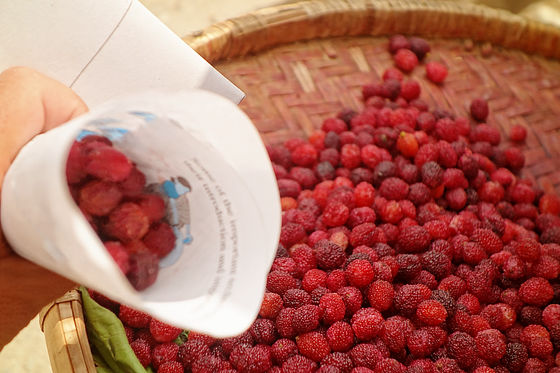
·passion fruit
The skin peeled off like a boiled egg shell. Because it is clogged with pulp like frog eggs scoop it with a spoon. Mysterious flesh which makes the inside of the mouth fluffy. I ate some of the seeds together. It was named "Granadilla" in Colombia in South America.
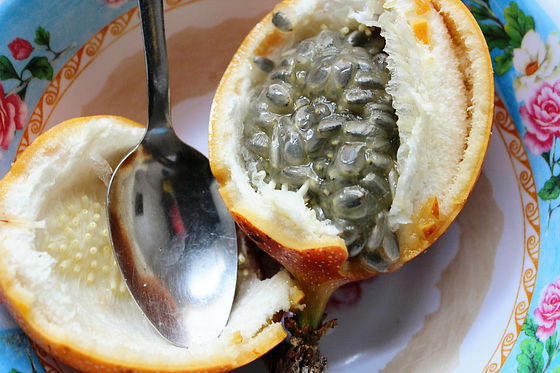
·passion fruit
This is also passion fruit, but in Spanish it was another name "Maracuja". Purchased in the same Colombia. Unlike Granadilla, both fruits and flesh are jujuku. The contents were quite sour.
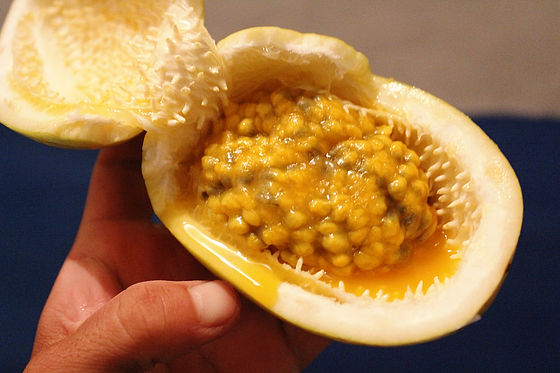
· Pear
It is a gourd type pear different from Japan. I rarely came out so I have not much memory.

·watermelon
I talked about it at a farm in Australia as much as I did, so shy away from that. Red fruit like a mass of water.
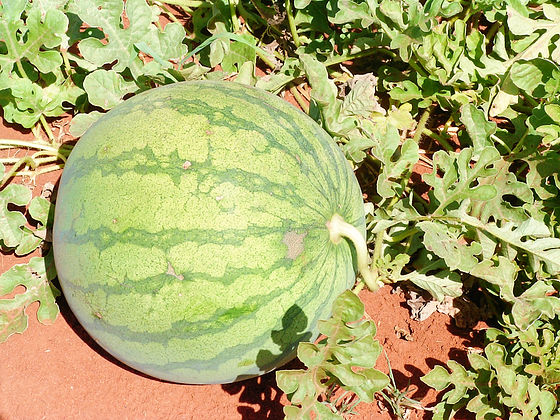
·melon
We also harvested it on the farm. It is high-class fruits in Japan, but it is not so.
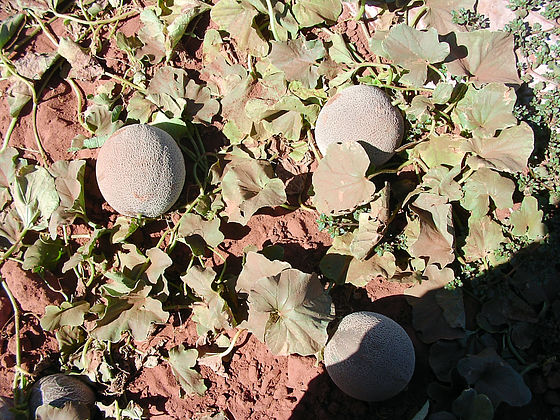
·oyster
Oyster that can be said to be a Japanese poetry of autumn. There was also in Brazil on the "backside" of Japan.
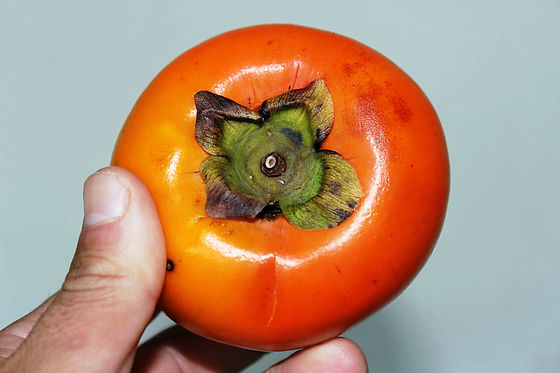
· Pomegranate
I got it in Uzbekistan in Central Asia. Grains like gems are edible, but there is a memory that the core remains and I can not eat it enough.

· Pepino
It is a rare fruit you saw in Peru in South America. I became a member of eggplant, but it tasted like melon.
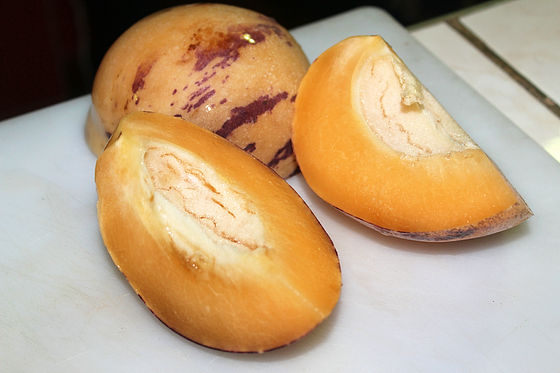
Plum, kiwi, melon, and Longan are talking about. Star fruit, fig, apricot, cherimoya etc were not given the opportunity to eat.
Conclusion 2: Overseas fruits are cheap
Overseas fruits are not high regardless of whether they are developing countries or developed countries. Many developed countries with high prices also cost more in kilograms, and the height of Japanese fruits was outstanding. However, the quality presumes Japanese fruits. Even if it is an apple, I do not know the country where as much fruit as Japan is circulated. It seems like a project to compare eating the same fruits in Japan and overseas is also fun.
◆ Living with fruits
Even though I looked back, fruits were indispensable for my trip.
Memories of melon and watermelon farm that became covered with mud.
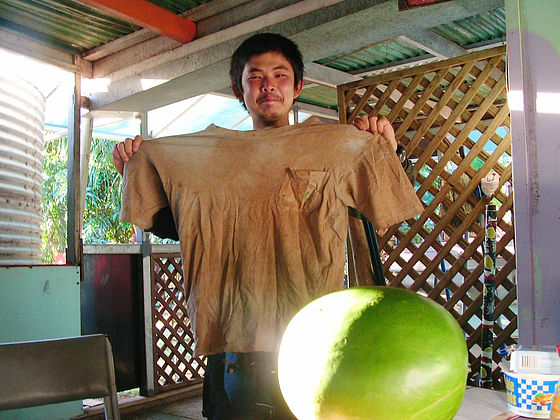
In Australia I also worked on a grape farm. All you could eat grapes.
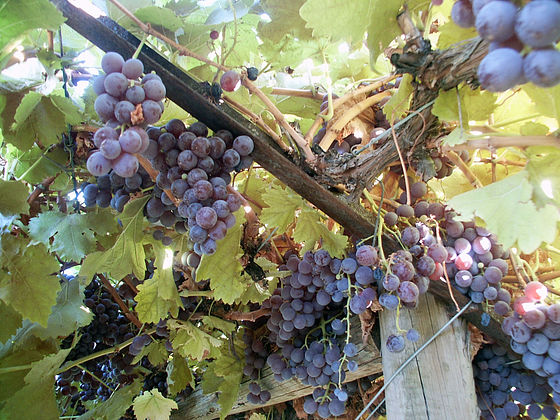
Is fruit of coconut also fruit? After drinking the juice, I broke the shell and eaten the white part with a spoon.
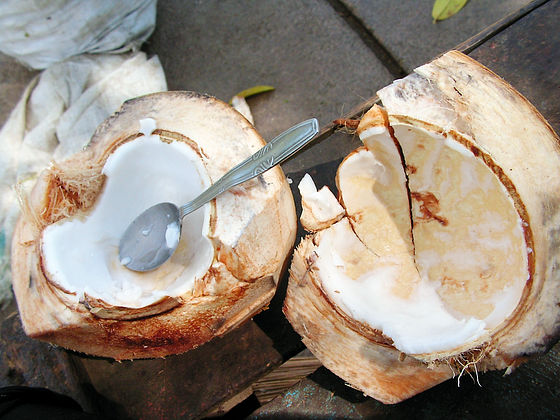
Passion fruit I ate in Indonesia.
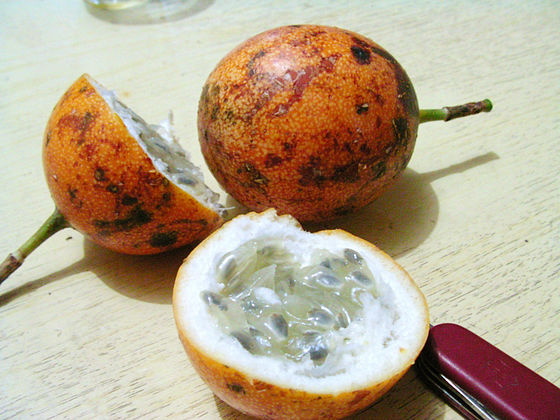
This is Longan.
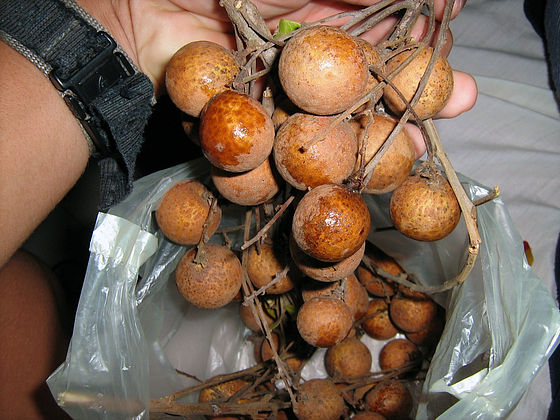
A passenger car that had loaded a lot of paramounts to make it laughable. It is a sight that I saw in the Cambodian market.
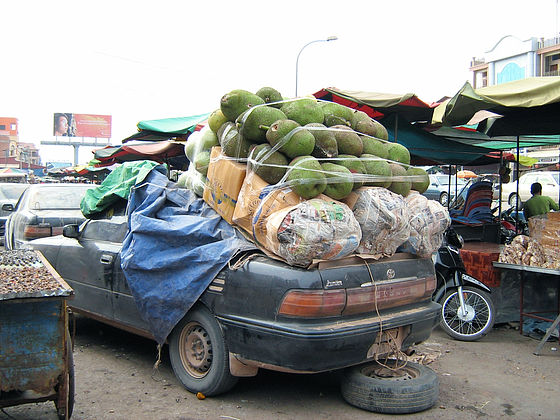
This is also a fruit in the market in Vietnam ... .... I do not eat this.

A lot of oranges, the kindness of Iranian people who put in oranges.

Cherry tree that was in Moldova's homestay place. Before departure, I received a bag full of cherries.
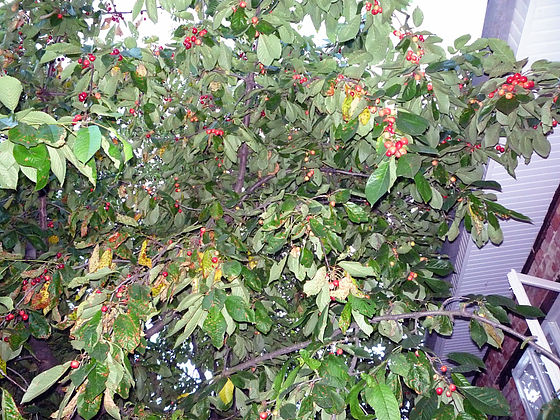
Strawberries obtained in Morocco.
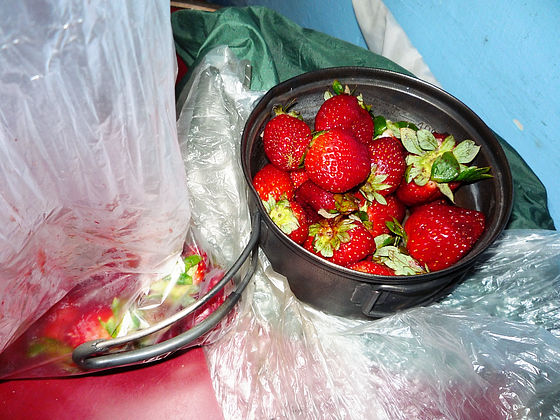
Mali in West Africa was a mango heaven.
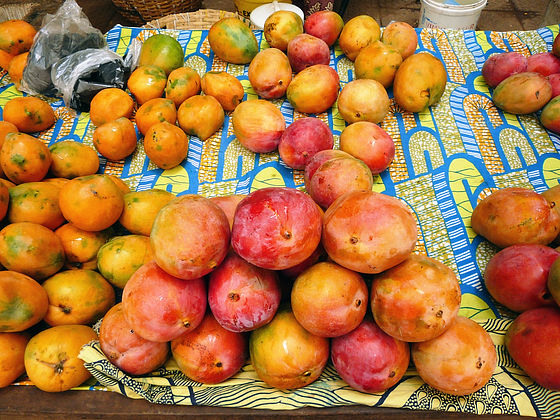
I also eat papaya in South America.
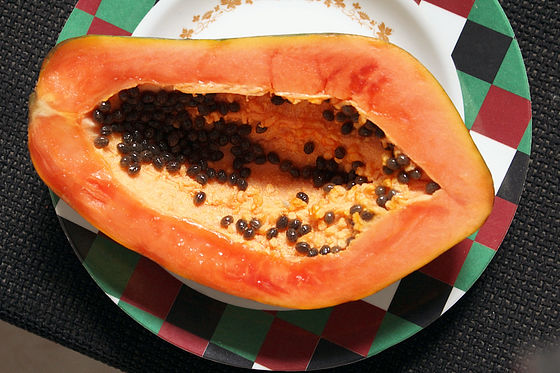
Ecuador was only a production area, and huge bananas that had never been seen were sold.
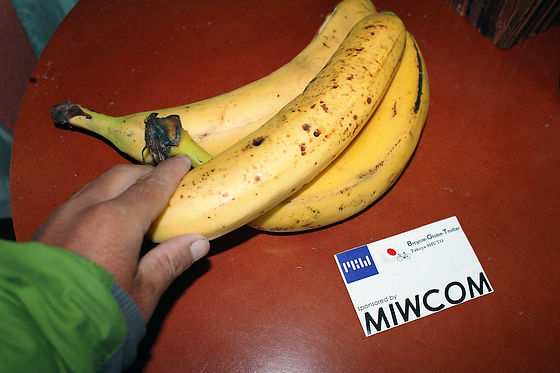
Hara fruits found in Maldives in South Asia.
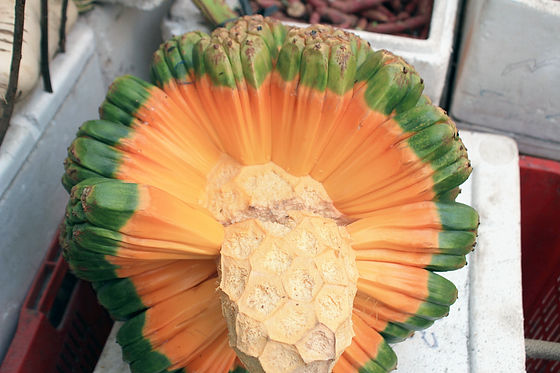
A youth who sells pineapple at the roadside in Bangladesh.
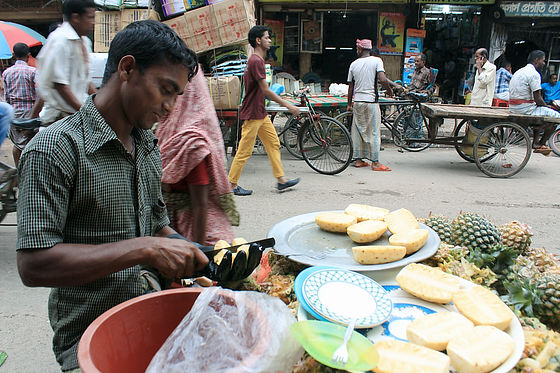
From the world fruit market
The Australian market where mountains of fruits piled up casually stand. The price is the notation of 1 kg. We chose the fruit good or bad by myself and sell it as a sale. It was completely different from the number selling in Japan and pack selling.
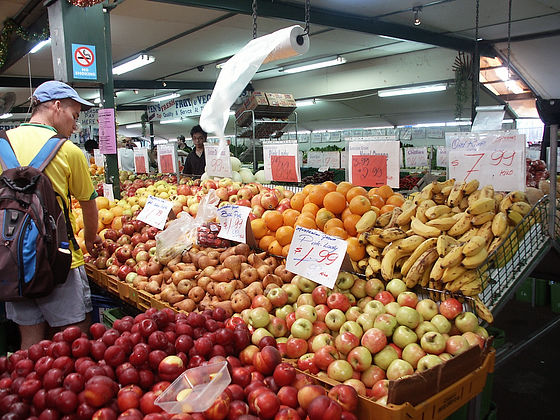
The market of Belgrade, the capital of Serbia. It is a place that is tidy and calmer only as a member country of former Yugoslavia which was socialism at the time.
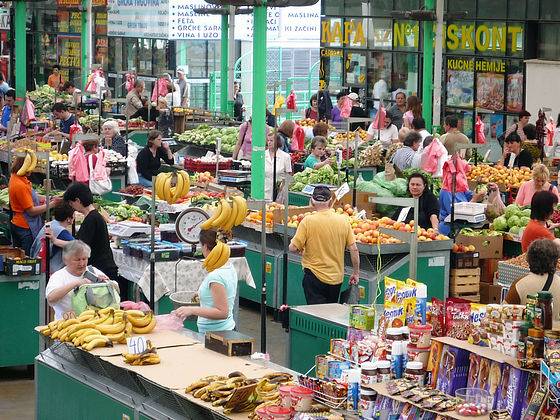
Peru who really wanted to take pictures of the colorful sight.

Pacific island country · Fiji market
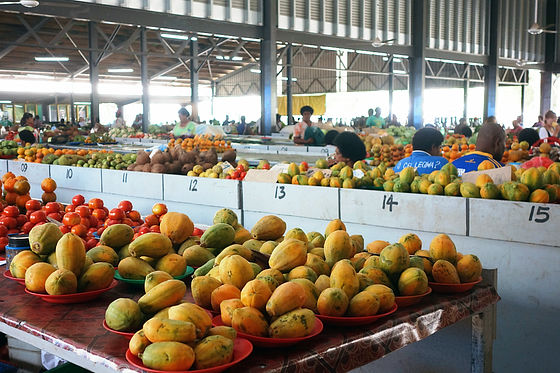
A Thai fruit shop who was rich in variety and quantity.
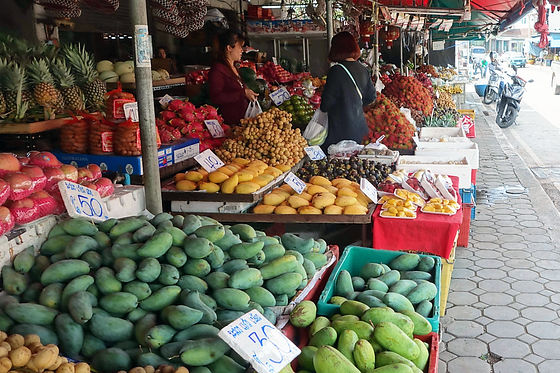
There are a wide variety of fruits abroad. How about trying it if you have opportunities in Japan and abroad? It is not such a fruit article, but it will be absolutely fun to eat the world's fruits while living.
(Sentence / photo: Takuya S. Narou Charriderman
Cycling around the world for a bicyclehttp://shuutak.com
Twitter@ Shuutak)
Related Posts:
in Coverage, Gastronomic Adventure, Posted by logc_nt




